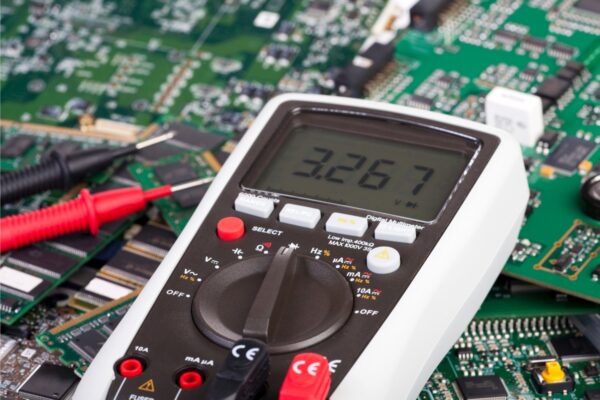What is Contact Spacing
Contact spacing is the distance or gap between two electrical contacts or terminals within a PCB or any electrical component. It ensures electrical safety and voltage isolation and prevents potential short circuits or electrical interference.
The minimum contact spacing requirements are determined by various factors, including the voltage levels involved, the specific application, and the type of PCB assembly. Compliance with industry standards and regulations is essential in determining the appropriate contact spacing for a given application.
Contact spacing is crucial in maintaining proper electrical isolation and preventing electrical breakdown or arcing between adjacent components or traces. It is necessary to adhere to clearance and creepage distances, which are defined by industry standards. Clearance refers to the shortest distance between two conductive parts, measured through air or any other insulating medium, while creepage refers to the shortest distance along the surface of an insulating material between two conductive parts.
To determine the minimum contact spacing, factors such as the dielectric strength of the insulating material, the voltage rating of the components, and the environmental conditions in which the PCB will be used are taken into account. It is important to note that there is no universal guideline for contact spacing, as each application may have its own specific requirements.





